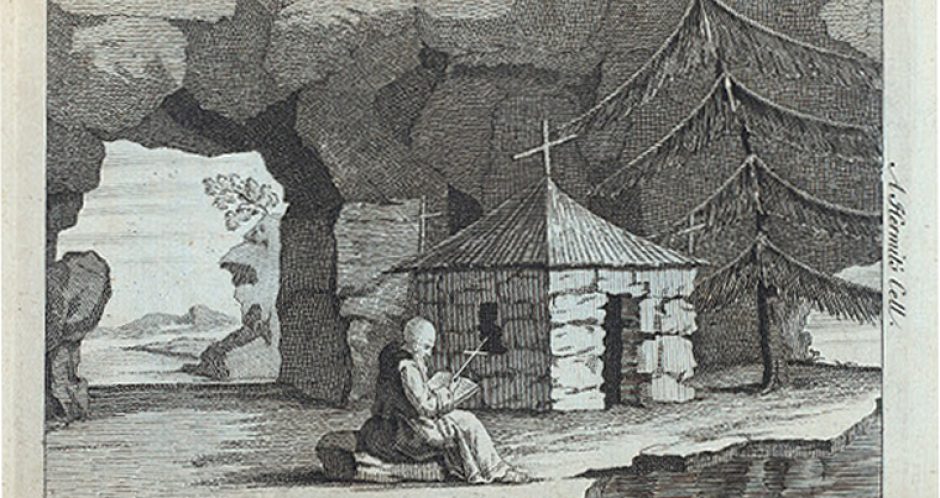The story “A rose for Emily” leaves a much more bitter taste in ones mouth than all the previous short stories. The fact that after Emily’s death they find Homer’s corpse, and signs that she would sleep in the same room as it, shows the gorey and uncanny nature in the story. However, once you get past the odd and robust illustrations this story gives off, one can see important themes that relate to the time period this takes place in. Emily is from the south during the 1930s which was one of the worst times to be in the South. The Great Depression effected many people, but it’s especially impacted farmers during the time because not only were they becoming bankrupt, but the great droughts of the ’30s caused many farmers to go hungry resulting in much more death than previously encountered. Along with this came unionization of the north and south, which neither parts wanted because of the clashing ideals both sides faced. Emily’s “history” in the town is an example of all these problems that occurred on the south. First when she fancies a northern man, much to the shock and dismay of her fellow townsfolk. Then her going into debt once her financial supporter dies. The townsfolk ignoring her and yet getting upset over her suspicious behavior shows how southerners would mostly ignore the radical change the north tried to establish, and would simultaneously get upset over the ideas the north was trying to establish to the entire country. Emily is the epitome of the feelings many southerners faced during the time.
-
Recent Posts
Recent Comments
- marvi krifca on Response 5
- marvi krifca on Response 6
- marvi krifca on Young Goodman Brown
- marvi krifca on Response 9
- Daniella Martinez on Response 9 (Malcolm)
Archives
Categories
Meta



